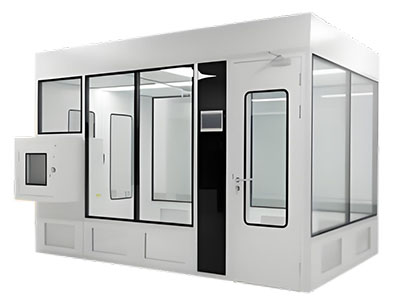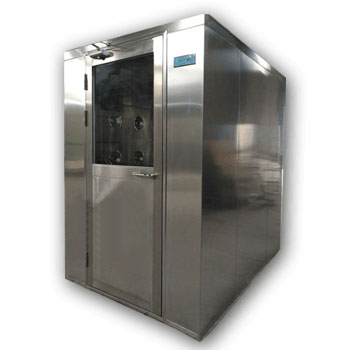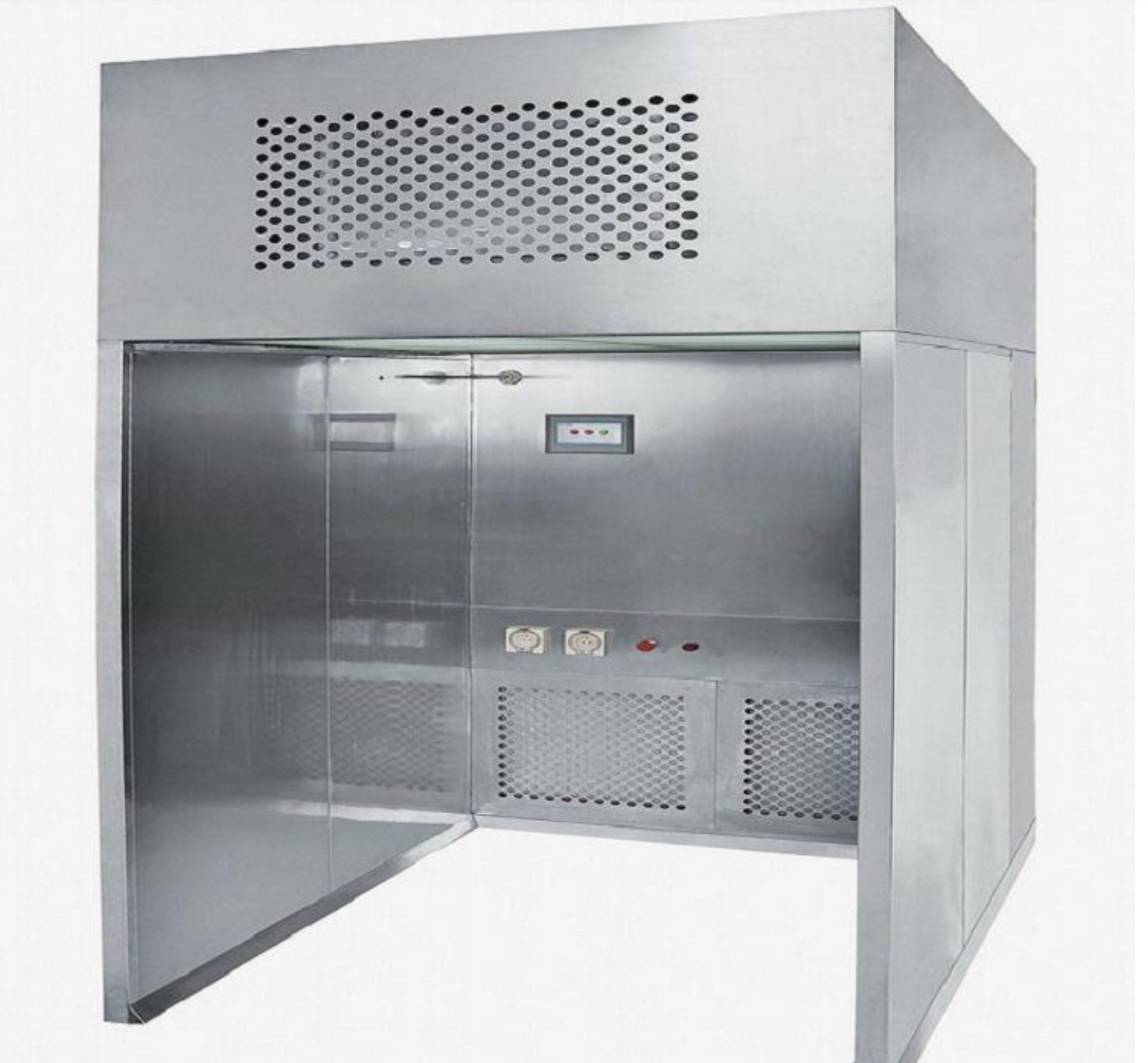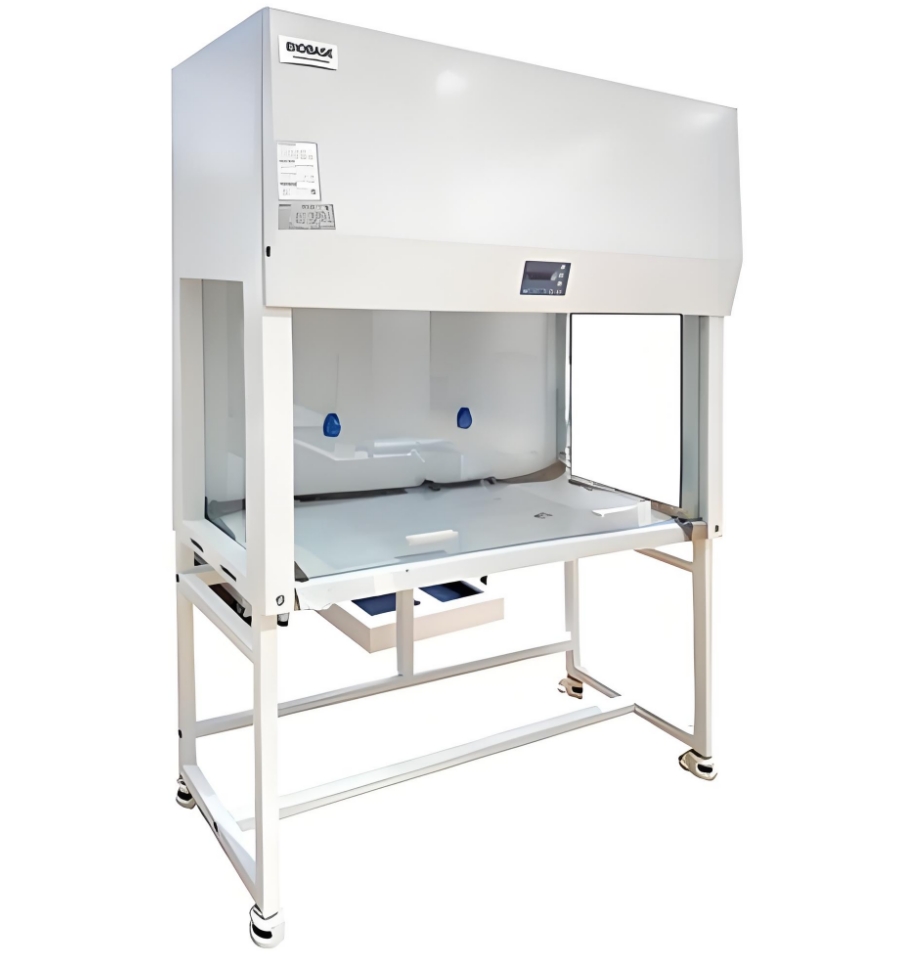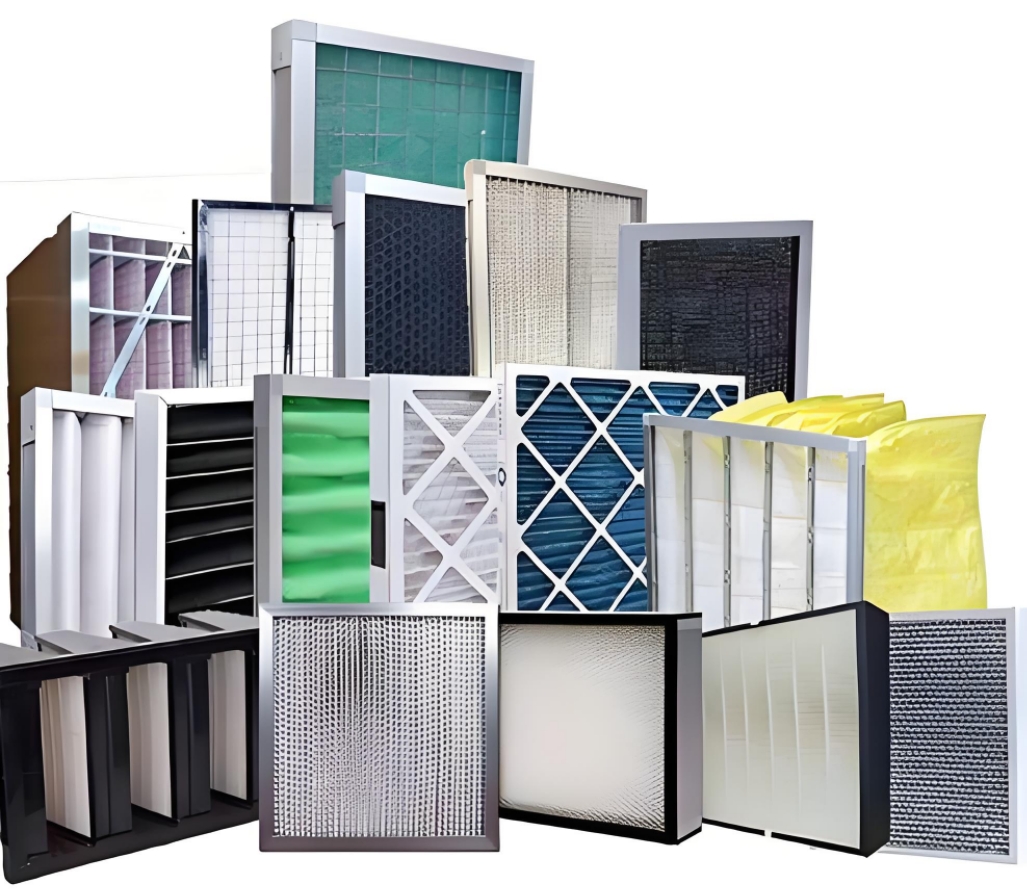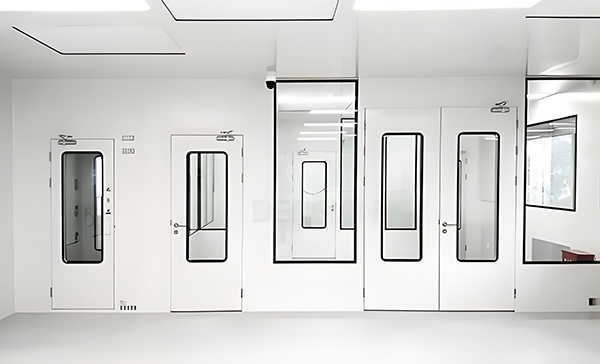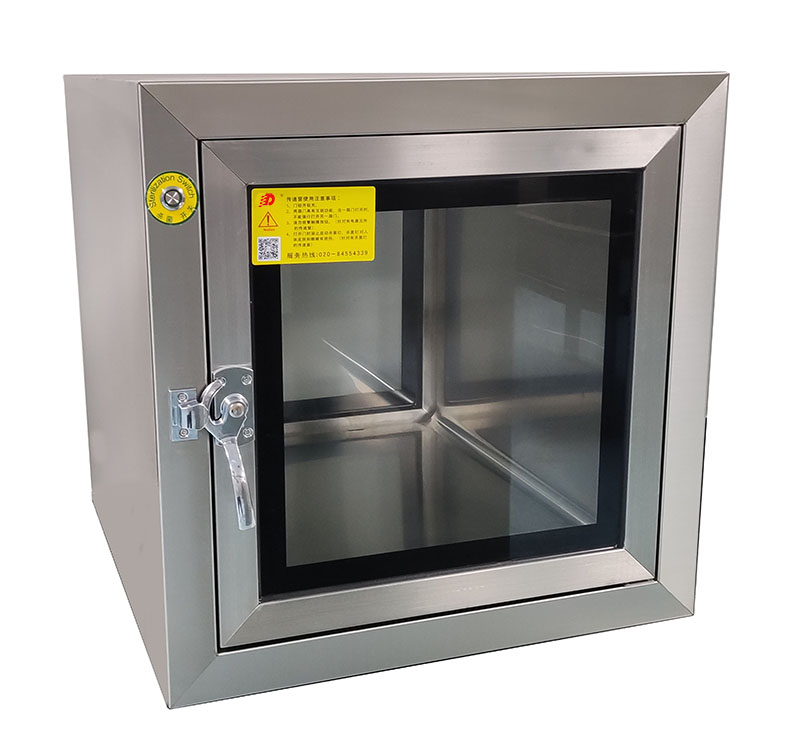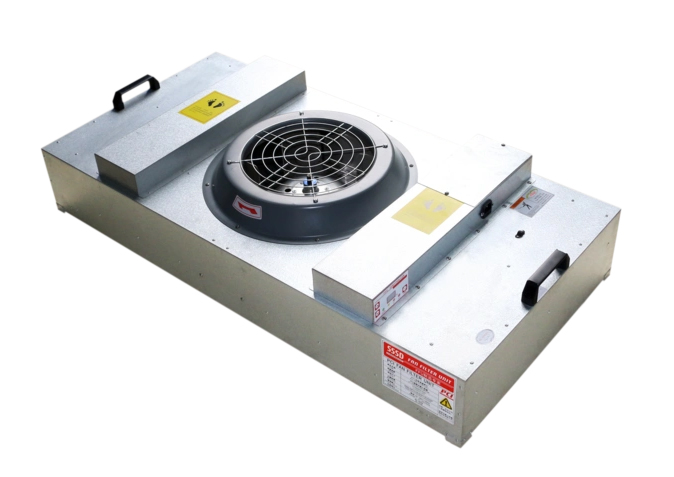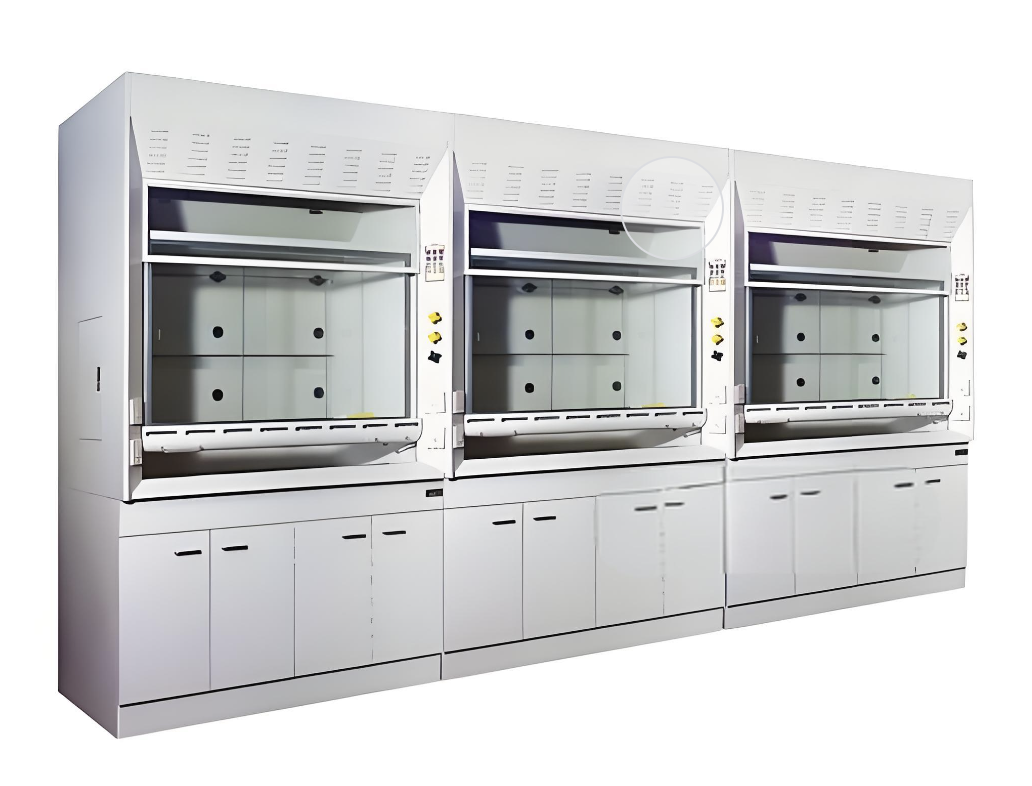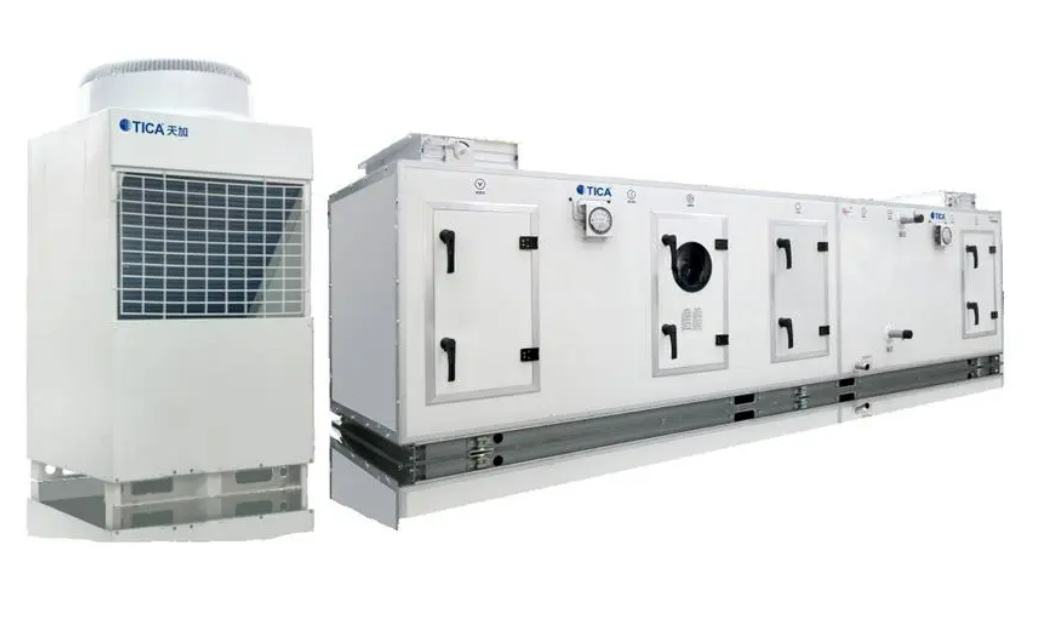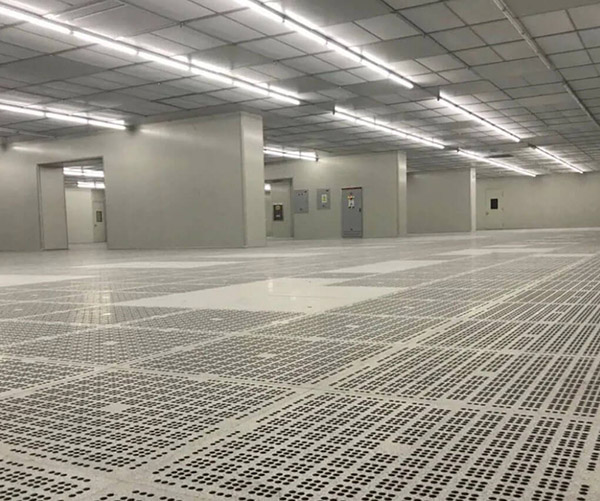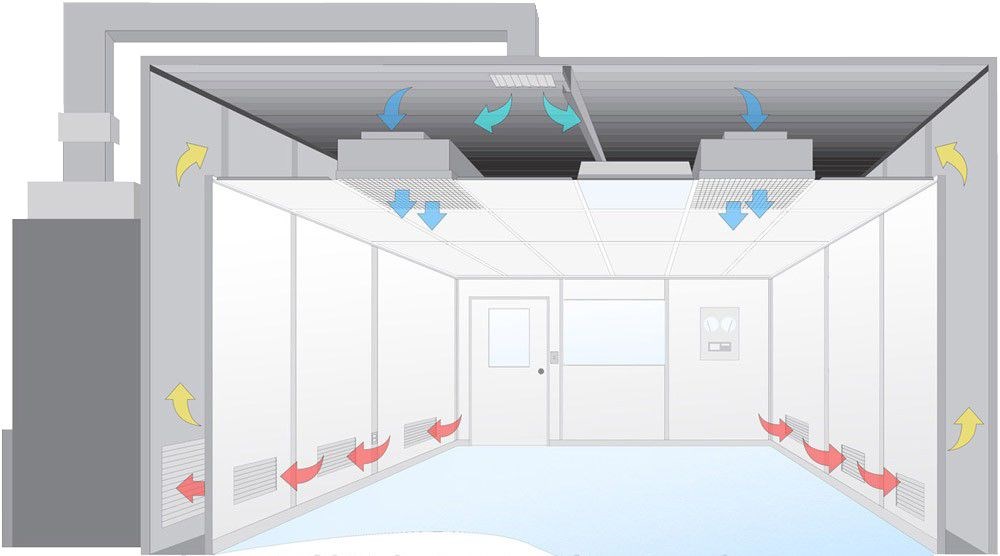Dust-free Workshop Design Program Comprehensive Discussion
Cleanrooms are engineered environments critical for manufacturing Semiconductors, pharmaceuticals, and medical devices where microscopic contaminants can compromise product integrity. This guide explores design principles, validation protocols, and essential equipment, aligning with Google's E-E-A-T standards through ISO-certified methodologies and industry best practices.
Core Design Requirements
1. Air Quality Control:Particle limits per ISO 14644-1 classifications (e.g., ≤3,520 particles/m³ for ISO Class 5 at 0.1µm);GMP Grade A-D specifications for pharmaceutical applications ;15-20 air changes/hour with HEPA/ULPA filtration
2. Environmental Stability :Temperature control: ±0.5°C (Electronics) to ±2°C (pharma) ;Humidity management: ±5% RH with dew point monitoring; Positive pressure gradients: 10-15 Pa between zones
3. Material & Personnel Flow: Unidirectional movement through airlocks and gowning rooms ; Segregated material transfer via pass-through chambers
Validation & Compliance Protocols
Cleanroom Certification requires third-party testing to:
Particle Count Verification: Laser particle counters at 1m³/min flow rate across grid points
Airflow Uniformity Testing: Laminar flow: 0.45 m/s ±20% (ISO 14644-3)
Filter Integrity Checks:Aerosol photometer testing per IEST-RP-CC034
Recovery Testing: ISO Class 5 areas must recover from contamination in <90 seconds
Essential Equipment Integration
The following equipment forms the operational backbone of compliant cleanrooms:
| Category | Key Equipment | Function |
|---|---|---|
| Air Filtration | HEPA Filters | Remove 99.97% of particles ≥0.3µm (ISO Class 5-8) |
| ULPA Filters | Remove 99.999% of particles ≥0.12µm (ISO Class 1-4) | |
| HVAC Systems | EC Motor Air Handling Units | Energy-efficient temperature/humidity control (±1°C accuracy) |
| Monitoring | Laser Particle Counters | Real-time ISO 14644 compliance verification |
| Digital Thermohygrometers | Continuous temperature/RH monitoring (0.1°C resolution) | |
| Differential Pressure Sensors | Maintain 5-15 Pa gradients between zones | |
| Decontamination | VHP Pass-through Chambers | Material sterilization with hydrogen peroxide vapor |
| PPE | Static-dissipative Garments | ESD protection with ≤10⁹Ω surface resistance |
Sustainability Integration
Energy Recovery: Heat wheels capture 70% of exhaust energy
Modular Construction: Prefabricated panels reduce commissioning time by 40%
Predictive Maintenance: IoT sensors forecast filter failures before contamination events
Conclusion
Successful cleanroom implementation requires synergistic integration of precision HVAC systems, real-time monitoring technologies, and rigorous validation protocols. Facilities designed to ISO 14644 and GMP Standards with the equipment outlined above demonstrate 98% first-pass certification rates. For optimal contamination control, conduct computational fluid dynamics (CFD) simulations during design phases and implement bi-annual requalification. Authoritative Insight*: This guide synthesizes 15+ years of CleanRoom Validation experience and current FDA/ISO regulatory frameworks. Equipment specifications verified against IEST-RP-CC022.1 performance standards.
 +86 18186671616
+86 18186671616 Jason@cleanroomequips.com
Jason@cleanroomequips.com
 MENU
MENU

